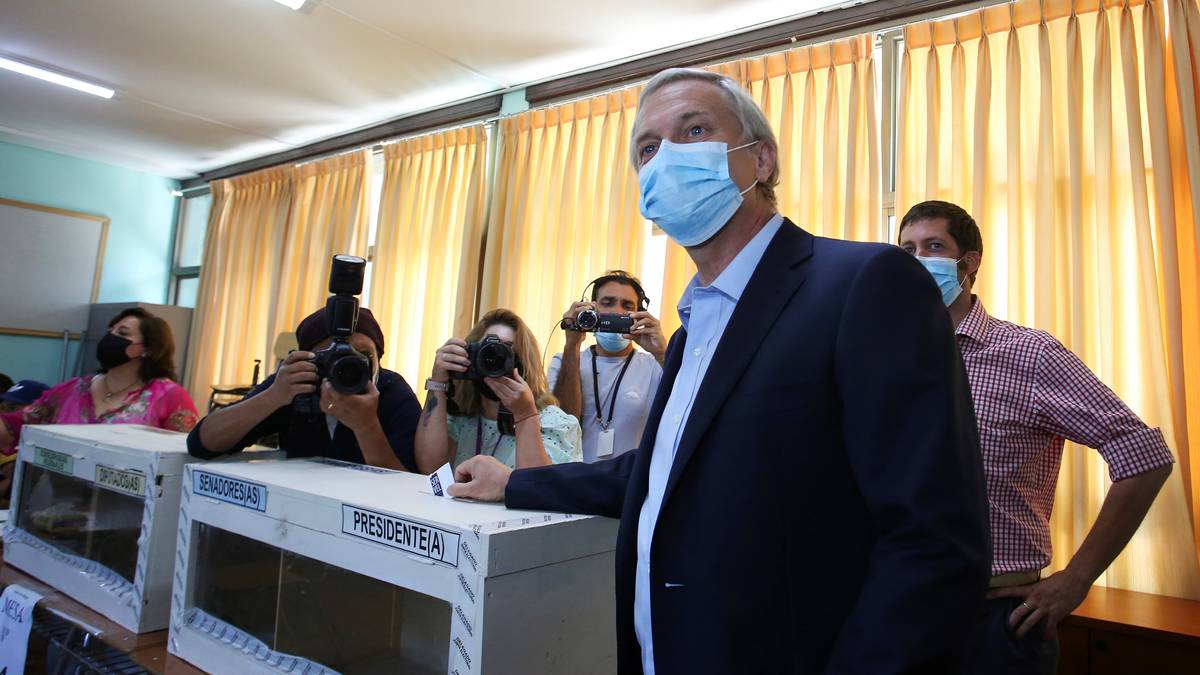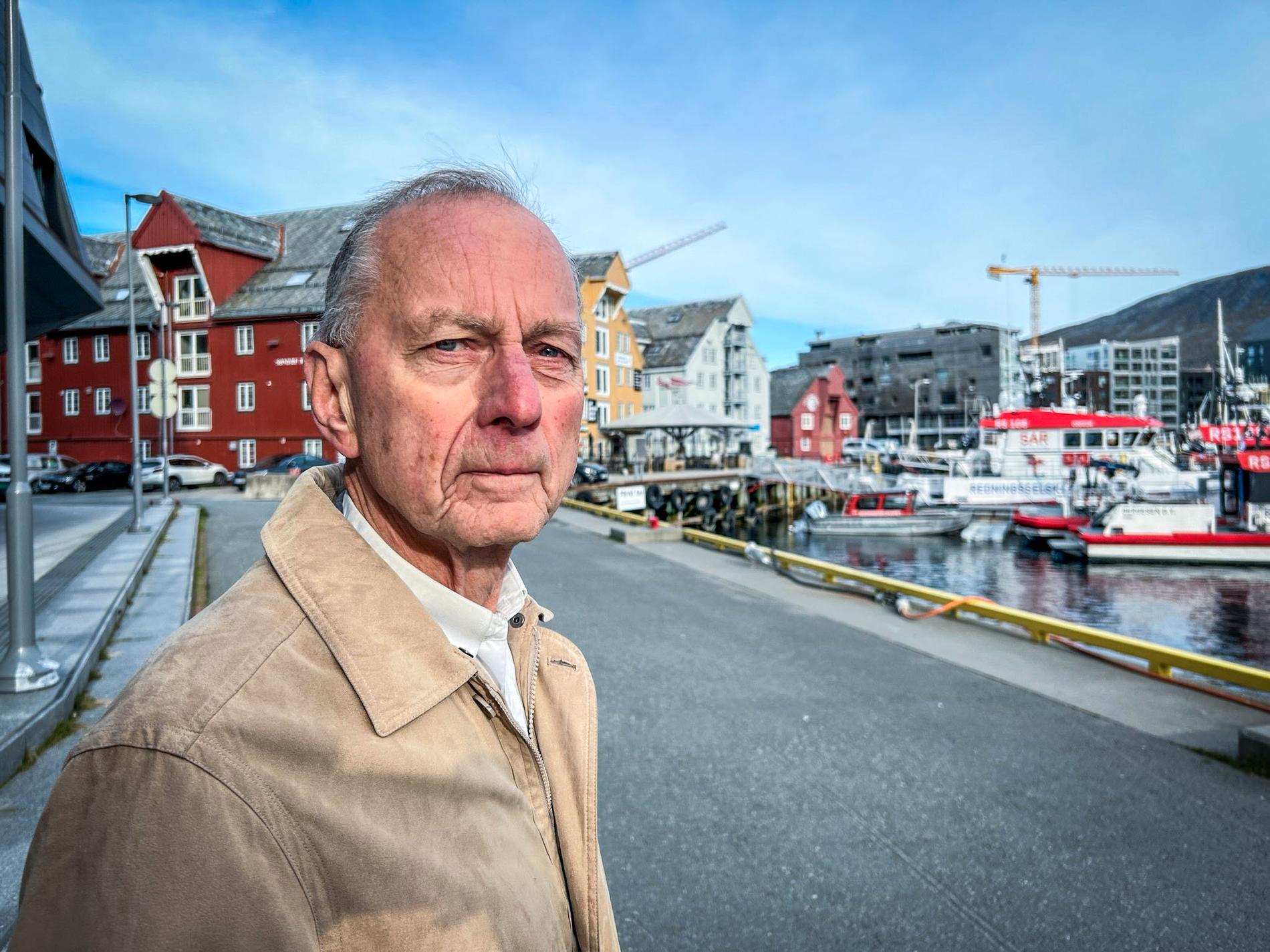Videos from Icelandic boats showed several whales struggling for life after being shot. Norway will not introduce a similar restriction.
The night is getting late. In the floodlight, the great ridge breaks the surface again. Harpoon tightens the line. A cloud of bloody water spews out of the vent. Another Harpoon grenade is launched and hits it in the side. Fourth.
More than two hours after the first shot, the struggle to the death was over. The fin whale is still on the surface in a bloody state.
The whale fight is not an isolated example of horror.
After massive protests against the controversial capture, Icelandic authorities last year introduced conditions for all shooting situations to be filmed by an independent investigator.
A long death struggle
Videos of 184 whales caught last year have now been analysed. The report prompted Iceland’s fisheries minister to halt this year’s fishing season before it even began.
These are the facts that made the minister pull the emergency brake:
- Only six of the ten whales died immediately
- Four out of ten lived well after the first shot.
- They fought for an average of 17 minutes after being attacked
- 24 percent of the whales were shot two or more times before dying
- He was shot four times but two did not die. The whale that fought for two hours was one of them.
In the video below, you can see how the injured whale, with two harpoons in its body, still dives to break free. Here it is, about an hour into the first shoot:
The conclusion of the Icelandic Food Safety Authority was clear:
The methods used to hunt these large whales Does not comply with Animal Welfare Act. Currently, hunting is suspended until the end of August.
But it could spell the end of Icelandic whaling. Earlier this year, Hvalur, the country’s last whaling company, announced that this would probably be their last season. Very little money is earned from fishing.
Preys small cetaceans
If so, Norway would be one of the few countries in the world that still conducts commercial whaling. Norway no longer hunts fin whales. But we shoot minke whales, a much smaller species than fin whales. While the fin whale is 45-75 tons, the minke whale is 6-9 tons.
Last year, 581 minke whales were caught. This year’s quota is 1,000 animals.
Are they dying faster than their Icelandic big brothers and sisters?
We do know this: Both minke whales and fin whales are killed by grenade harpoons. Studies from 2011-2012 show that 82 percent of minke whales die immediately. 18 percent did not. Their average lifespan is six minutes.
Here’s a video showing how the whale dives into the depths and disappears after the first shot. After two hours and three shots it died:
Video surveillance is also required in Norway
But Norway doesn’t have the same requirements as Iceland to document how each animal was caught. The inspector requirement on whaling ships was dropped in 2005.
Now animal welfare organization NOAH believes it’s time to reintroduce the requirement.
– In Norwegian whaling today, there is no overview of what happens to animals in practical capture, says manager Siri Martinsen.
He urges Norwegian authorities to film every shooting situation on the whale. He says the documents should be made public, as was done in Iceland.
Random samples cannot reveal dead time
According to Peter Meyer, head of department at the Ministry of Trade and Fisheries, that is out of the question.
In an email, he pointed out that the fin whale is much larger than the minke whale and that the catches of the two species are not comparable.
He writes that the Norwegian whale has strict requirements. Among other things, a separate license is required, and shooters must take a marksmanship test every year.
Mayer writes that whaling ships must have an inspector on board and may be subject to random inspections. But according to the Directorate of Fisheries, no vessel has been required to be an inspector in the last five years. The controls are not relevant to reveal how long the killing took.
When asked if Iceland’s findings give any cause for concern and whether the government will take steps to ensure Norwegian whaling is carried out in accordance with animal welfare legislation, the mayor replied:
– We have no indication that the practice of Norwegian whaling violates the ethical standards applicable to Norwegian animal welfare.
Norwegian whaler: Unscientific
Egil Ole Øen is a former researcher at the Norwegian College of Veterinary Medicine. He has a PhD in whaling and has developed harpoon grenades used on whaling in Norway and Iceland.
He was asked to advise on investigations into the capture in Iceland last year, but disagreed with the outcome. He believes the findings should not provide reasons to stop catching.
– The times of death are not ascertained in a professional and scientific way, only with the help of filming. Autopsies should be performed to determine the time of death of the animals, he says, otherwise the time of kill will be overestimated.
He explains that animals are hunted from a distance and often dive or drown after being shot. So, it will take some time before you see them again. He explains that to calculate the exact time of death, one needs to assess damage to organs or examine the brain.
– Unfair
Norwegian studies are done this way and are thus more reliable, he says. A previous similar survey in Iceland in 2014 showed that 84 percent died immediately.
– It’s too much. Of course, one would like to see 100 percent immediate death, but that never happens in hunting or slaughter, he says.
However, he admits that last year’s catch in Iceland was special and that there were problems with one fishing boat in particular.
– I believe it is unfair to use a few weeks’ catch in a season to conclude that fin whales cannot be killed humanely, he says.

“Music geek. Coffee lover. Devoted food scholar. Web buff. Passionate internet guru.”




